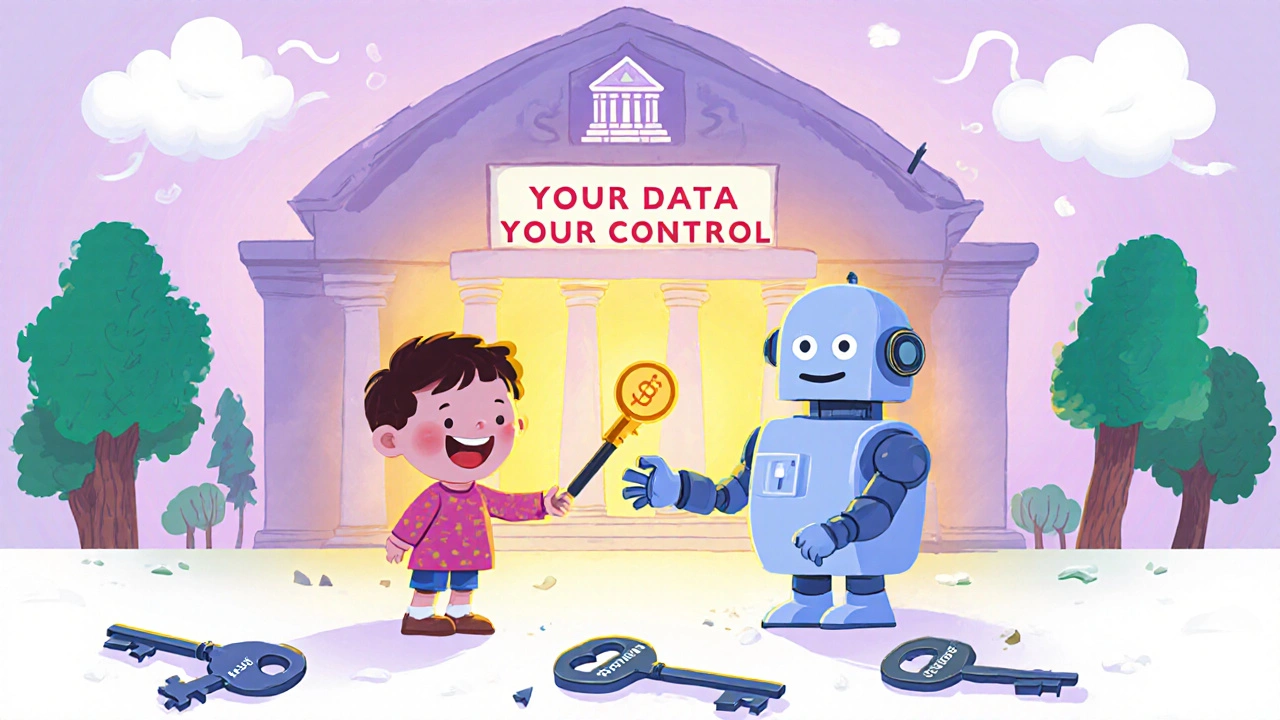Financial Data Access: How to Get, Use, and Trust the Numbers Behind Your Investments
When you make an investment decision, you're not just guessing—you're relying on financial data access, the ability to pull accurate, timely, and relevant numbers from markets, institutions, and systems. Also known as investment data access, it’s what separates investors who react to noise from those who act on facts. Without it, you’re flying blind—even if you’re using the fanciest app or following the loudest influencer.
Good financial data access, the ability to pull accurate, timely, and relevant numbers from markets, institutions, and systems. Also known as investment data access, it’s what separates investors who react to noise from those who act on facts. isn’t just about seeing stock prices. It’s about understanding regulatory data, the structured reports and filings that show how companies and platforms comply with financial laws, like SEC filings or AML logs. It’s about tracking market data, real-time flows of buy/sell orders, volume, and price movements across exchanges and platforms to spot shifts before they hit the headlines. And it’s about digging into financial analytics, the processed metrics—like Sharpe ratios, fee drag, or tax efficiency—that turn raw numbers into actionable insights. These aren’t separate tools—they’re layers. You need all of them to see the full picture.
Most people think financial data means checking their brokerage app. But the real value comes from connecting the dots between what’s public, what’s hidden, and what’s changing. For example, financial data access lets you spot when a mutual fund’s expense ratio creeps up after a merger, or when a crypto platform’s reserve audit is delayed. It shows you why a bond fund’s yield dropped even though rates rose—because its duration changed. It reveals how interchange fees eat into a merchant’s profit margin, or why a fintech’s compliance costs spiked after a new RegTech rule. These aren’t abstract concepts. They’re concrete numbers hiding in plain sight.
You don’t need a Bloomberg terminal to start. But you do need to know where to look—and what to ignore. The posts below show you exactly how to do that. From annual portfolio checkups that reveal hidden fees, to how floating-rate notes protect you when rates climb, to how embedded insurance changes what you pay at checkout—each piece is built on real data access. You’ll learn how to pull the right numbers, cut through the noise, and use them to make smarter moves—without paying for expensive tools or hiring a team.



